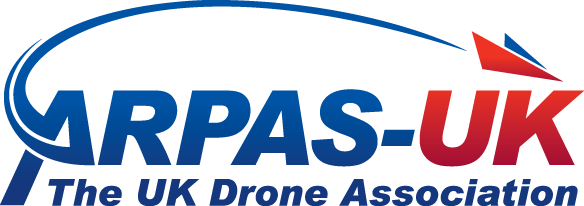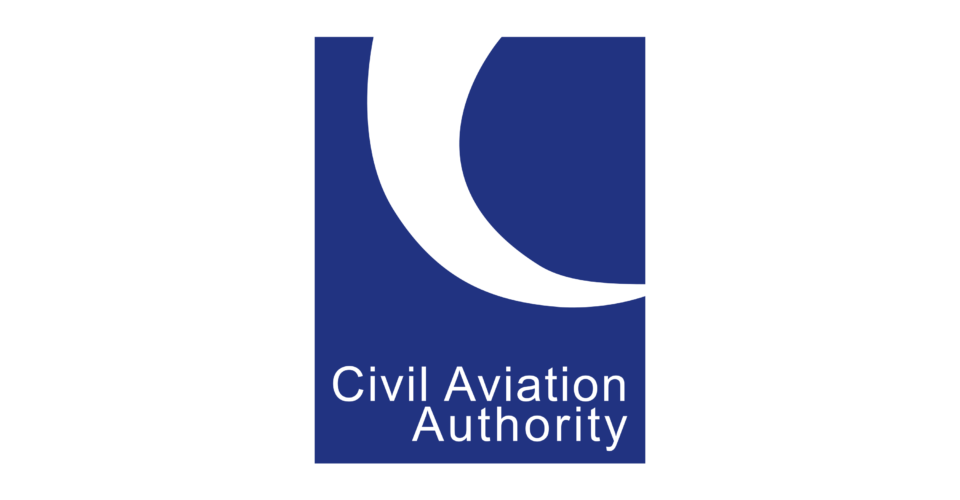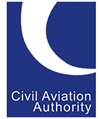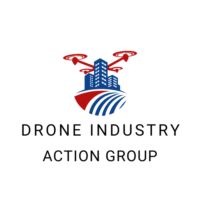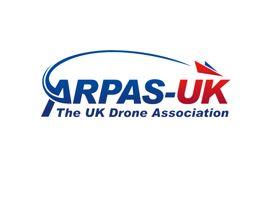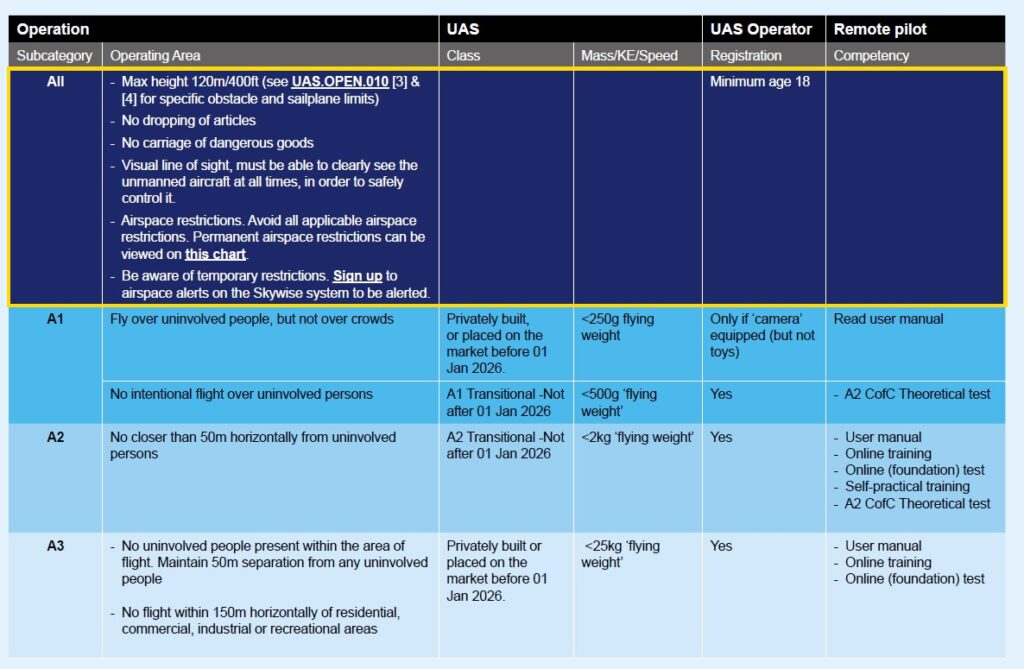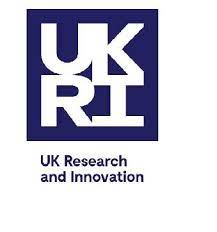- Incident is one of the most serious seen in the UK with a drone
- Drone pilot pleaded guilty to endangering the safety of an aircraft
- Aircraft involved was an extremely rare and historic Hurricane from the RAF’s Battle of Britain Memorial Flight
- Civil Aviation Authority is reminding drone users of the need to fly safely and follow the rules or face serious consequences
Following a drone pilot pleading guilty to endangering the safety of an historic Second World War Hurricane aircraft when flying his drone, the UK Civil Aviation Authority (CAA) has called on all drone users to follow the safety rules.
The incident happened on Saturday 9 July 2022 during a fly-past by the RAF’s Battle of Britain Memorial Flight Hurricane aircraft over the Buxton Carnival in Derbyshire. The flight was protected by a short-term airspace restriction which banned all other flying in the area, including drones.
In the UK drone users follow aviation safety rules set by the UK Civil Aviation Authority.
Virtually all drone users have to register with the CAA* and take an online flyer test. This helps them to understand the safety requirements and includes information about checking the airspace where they want to fly.
Jonathan Nicholson, Assistant Director at the UK Civil Aviation Authority, said:
“Flying a drone and endangering an aircraft in this way is totally unacceptable. Drone users have an obligation to understand and follow the rules. While flying a drone can be great fun, it also comes with significant responsibilities. People need to check airspace before they fly their drone and only fly where it is safe and legal to do so.
“Airspace restrictions, like the one in place for this case, apply to even the smallest drones, so it’s really important that people check before they fly. When you use a drone you’re sharing the airspace with many other types of aviation, so it’s vital that drone users consider the safety of everyone when flying.”
PC Matt Moore, Flight Safety Manager for the Derbyshire Constabulary drone team, said:
“Anyone using a drone must follow the rules to make sure they fly safely. As a police drone unit we know the benefits drones can bring to society, but people using a drone in this way not only threaten the safety of aircraft and the public they also damage the future use of drones.”
Even when flying below the 400ft / 120M maximum height for drones it is still possible to be sharing the airspace with other aircraft, such as emergency helicopters and military aircraft.
An RAF spokesperson said:
“The RAF regularly conducts essential low flying training across the UK, drones operating in the vicinity of our aircraft can offer a significant threat to their safety and can be extremely challenging for our aircrew to spot and take avoiding action. Therefore, if a drone operator becomes aware of any military aircraft flying in their vicinity, we would request that they cease flying until the aircraft has passed.”
Other key safety rules from the UK Drone and Model Aircraft Code include:
- Never fly more than 120m (400ft) above the surface
- Always keep your drone or model aircraft in direct sight, clearly enough that you can tell which way it’s facing
- Never fly in an airport’s flight restriction zone unless you have permission
With nearly 300,000 people registered as drone flyers in the UK their use continues to grow both for recreational and commercial purposes. The rules are in place to make sure that drones can safely integrate with other areas of aviation.
Notes to Editors:
The drone pilot was arrested and subsequently charged with endangering an aircraft and operating a drone out of the visual line of sight.
He pleaded guilty to both charges before magistrates at Chesterfield Justice Centre today (Monday 9 January) and he is set to appear again in February for sentencing.
The CAA’s website at www.caa.co.uk/drones contains information for drone users.
*You must register before flying most drones or model aircraft outdoors in the UK. There are two requirements and you may need to meet both:
- if you’ll fly a drone or model aircraft, you must pass a free online theory test to get a flyer ID
- if you’re responsible for a drone or model aircraft, you must register online for an operator ID
It is against the law to fly a drone or model aircraft without having the required IDs.
You do not need to register if you’ll only use a drone or model aircraft that weighs below 250g and is a toy or does not have a camera.
You can register and get a flyer ID at www.register-drones.caa.co.uk
9 January 2023
